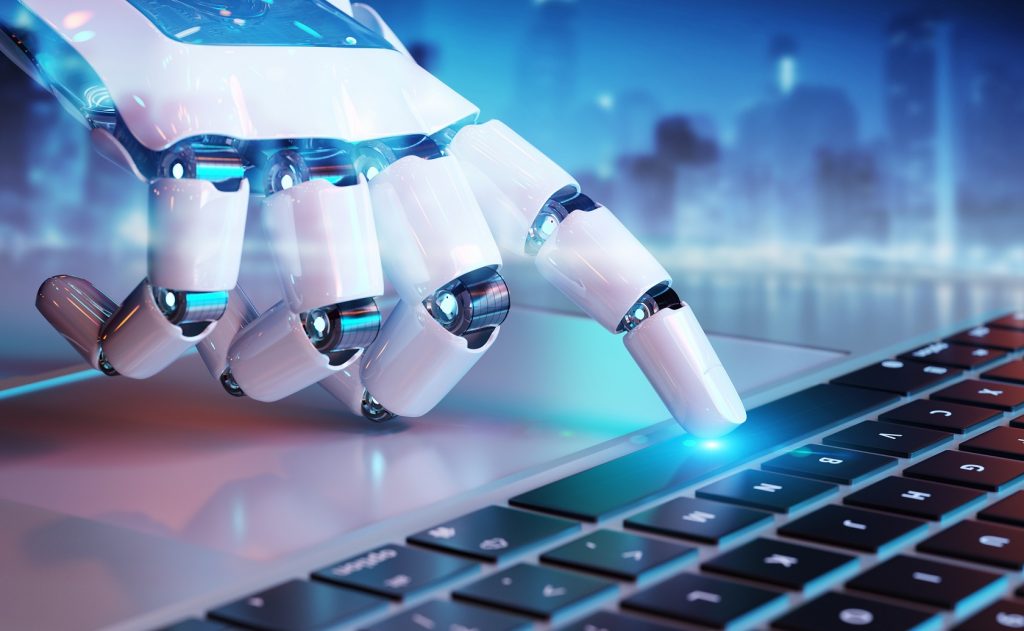Daily work in multiple systems, the need to log in, copy data and perform the same steps – all this takes up time, energy and attention of employees. Meanwhile, the greatest satisfaction is given to us by solving ambitious problems, not routine clicking.
Robotic Process Automation tools come to the rescue, which allow you to automate even complex and time-consuming processes, relieving people of repetitive tasks.

What is Robotic Process Automotion (RPA)?
RPA is a technology that enables the automation of repetitive business tasks using software called a robot. Instead of a human, it is the robot that performs operational activities – quickly, flawlessly and 24/7.
In practice, this means that the robot “clicks” on the application interface in the same way as an employee – with the difference that it works many times faster and does not make mistakes resulting from routine or fatigue.
Examples of RPA applications
RPA is used in almost every industry and department – from finance, through HR, to customer service. Here are two classic examples:
Automatic report generation
An operator who cyclically:
- downloads a sales report from a website,
- modifies data (e.g. hides columns),
- saves a file or sends it by email –
can be fully replaced by an RPA robot that performs these activities automatically.
Handling the invoice mailbox
The robot can:
- check emails with attachments (e.g. invoices in PDF),
- assess the correctness of data and format compliance,
- send the document to the ERP system or inform the sender about errors.
These are just examples – RPA can support much more complex processes, covering many data sources and applications.
What are the benefits of implementing RPA?
1. Automation without interfering with systems
RPA works at the user interface (GUI) level, which means that:
- it does not require modification of existing IT systems,
- it does not violate the logic of business processes,
- it eliminates integration errors by mapping user actions.
2. Scalability and flexibility
RPA robots can be easily implemented, modified and scaled – without large investments and long project schedules.
3. Reduction of costs and increase in efficiency
The robot works faster, does not take breaks and does not make mistakes. This translates into lower operating costs and better quality of processes.
4. Better use of the team’s potential
Automation allows employees to be relieved of repetitive tasks so that they can focus on strategic, analytical and creative activities.
RPA + AI = Intelligent Automation
Modern RPA solutions are increasingly combined with artificial intelligence and machine learning (so-called RPA II). Thanks to this, robots can:
- recognize documents and analyze their content (OCR, NLP),
- process unsupervised data (e.g. emails, images),
- make decisions based on rules or historical data.
The result? Automation no longer covers only repetitive tasks, but entire, complex end-to-end processes.
Summary: When is it worth investing in RPA?
RPA is a solution for companies that want to:
- increase operational efficiency,
- reduce errors and costs,
- automate processes without modifying systems.
In the era of digital transformation, RPA is not just a convenience – it is becoming the foundation of a modern approach to process management.
Check it out too: DevOps Engineer. The all-rounder of the IT world. What do they do?
Check out the latest job offers!
